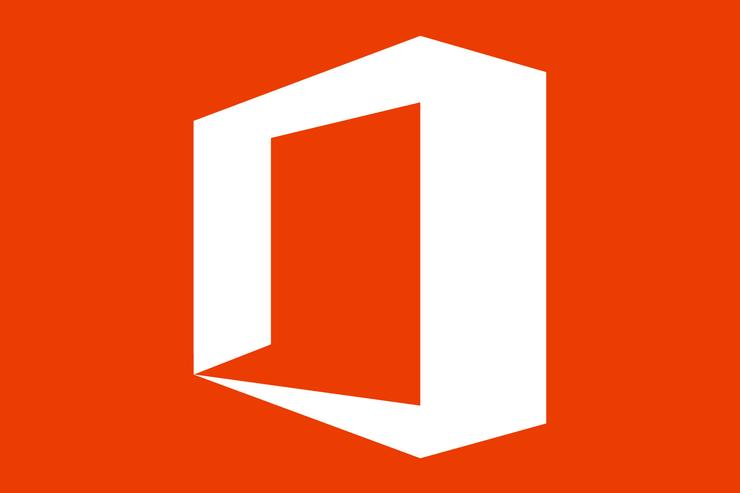
So it was with an eye toward the all-important requirement of seamless interoperability that I evaluated the latest and greatest that the competition has to offer. In fact, until you can successfully exchange data with the market leader (and by "successfully," I mean "seamlessly," without any significant rendering quirks or data loss), few independent users and no Microsoft-oriented IT shop will take you seriously. However, few souls are willing to walk away from their current version of Office for fear of losing interoperability with their peers, a fact that makes dislodging this sprawling, well-entrenched entity all the more daunting - though many alternative productivity suites and SaaS offerings continue to try.įor would-be Office competitors, to even consider taking on the king of the hill requires that you first master the lingua franca of the Office file formats - a task that's a lot trickier than it sounds.

OPENOFFICE VERSUS MICROSOFT OFFICE WINDOWS
People talk about switching Windows versions all the time. There's no doubt about it: Office's roots run deep - deeper, even, than its host OS, Microsoft Windows. And if you're going to send out that memo company-wide, better make sure it's attached as a Word doc.
OPENOFFICE VERSUS MICROSOFT OFFICE UPDATE
You don't punch numbers into a spreadsheet you update your Excel Workbook. That's not a presentation file you're displaying - it's a PowerPoint deck. Its file formats define an industry, and its component applications are often synonymous with the underlying tasks they perform. Its dominating position atop the word processing, spreadsheet, and presentations heap seems virtually unassailable. In the kingdom of business productivity, Microsoft Office reigns supreme.


 0 kommentar(er)
0 kommentar(er)
